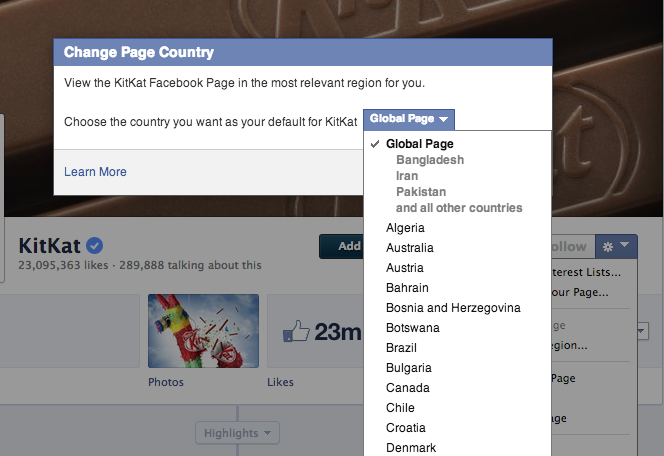
At the beginning of 2012 Facebook launched a new page structure for global brands. With this new framework brands are able to make use of one global page and unlimited sub pages. That was the solution for a common problem of many multinational companies. Before that those globally operating companies had to decide between one fan page for all or many local Facebook pages. Both options were not ideal and brought disadvantages with them. With only one page and country and/or language targeted posts, it is difficult to create country-specific campaigns or to respond to the needs of individual fans. But also the other way - to create a lot of independent pages for several countries - requires a lot of human resources for specific content creation and administrative effort.
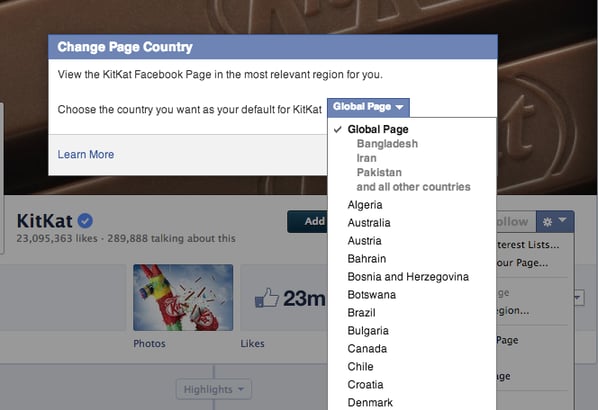
The Current Usage Of The Global Pages Framework
Nowadays, a lot of well-known brands moved to the global page structure. However, also numerous brands are still using a multi-page strategy for the countries. Although the global page framework solves several issues, it creates some new problems for brands as well. At the end it depends on the individual marketing strategy if you want to migrate to the global page system or if you want to handle it via the known way.
Although brands using the global page framework get a special Facebook Insights version to get more details, it becomes nearly impossible to efficiently benchmark those pages with each other or competitors. This mainly happens through the fact that all subpages have the same fan count of the global page. Thereby alle metrics which are calculated with the help of fan counts are getting meaningless to a certain extent.
Therefore senseful social media analyses of Facebook pages with such a global structure got very time-consuming, if not impossible. It was a big request by several quintly clients to enable meaningful social media benchmarking also for global pages. And, since some days we have integrated our solution into quintly. Now you are able to benchmark and analyze Facebook global pages and all country-specific subpages.
How To Benchmark & Analyze Facebook Global Pages
Since a few days we have added two obvious changes. Behind the name of a recognized global page you can now see a globe icon and next to the new name of a recognized local page you can see a flag icon.

Due to the global page framework all subpages also have the same name. This makes it a little bit complicated to compare all those profiles in a chart or a table. Among other things, we implemented the option to add an profile appendix some time ago which helps you with solving these naming conflicts. You can just add an appendix with the regarding country names.
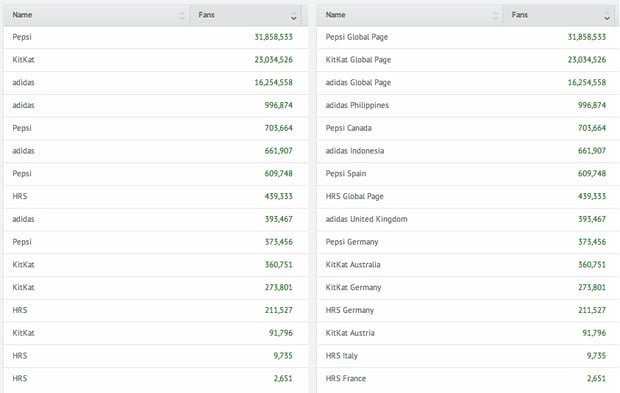
So, adding appendices helps you to see the global and country performance for the chosen pages.
Furthermore, you can now compare local pages, which are a part of the global framework with other country pages of brands, which are using the aforementioned multiple country page strategy.
Here is an example to make it clearer.
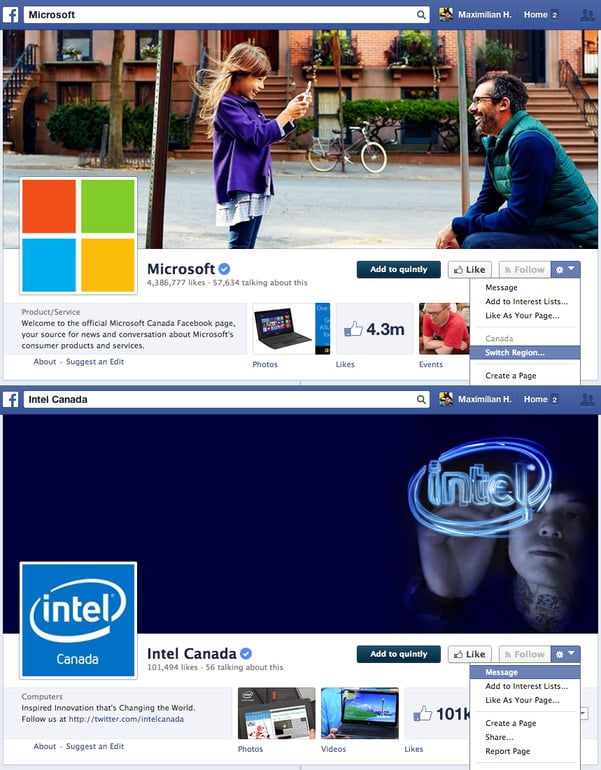
Microsoft uses the global page framework, while Intel manages a lot of country-specific pages. Both screenshotted pages are for Facebook users from Canada. As you can see, the Intel Canada page currently has 101k fans. Since the usage of the global framework the Microsoft page of Canada shows the total global fan count. Therefore it seems to be impossible to compare those pages with each other.
With our new feature it is now possible to compare the Canadian pages of Intel and Microsoft.

A few hints: As mentioned, this works for all metrics which are including fan counts. We made the first step for global marketers and researchers to benchmark those local and country pages.
Since we import the local fan counts through the Facebook Insights API, there is a small time lag usually between 2 to 4 days, which depends on the Facebook API itself. This affects of course only the local pages.
If you have any questions on how to benchmark and analyze Facebook global pages and their local entities or you want to have a demo, just write us to support@quintly.com.
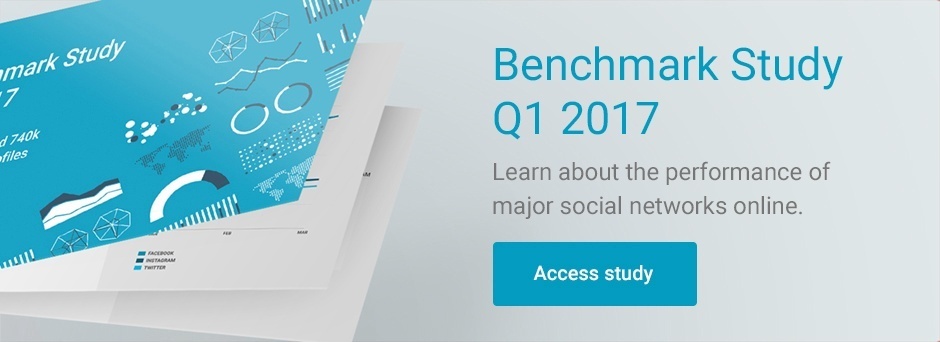

Join the conversation. Leave us a comment below!